On the evening of April 6, at Trang Bang District Stadium ( Tay Ninh ), the Provincial People's Committee officially opened the Trang Bang Sun-dried Rice Paper Festival.
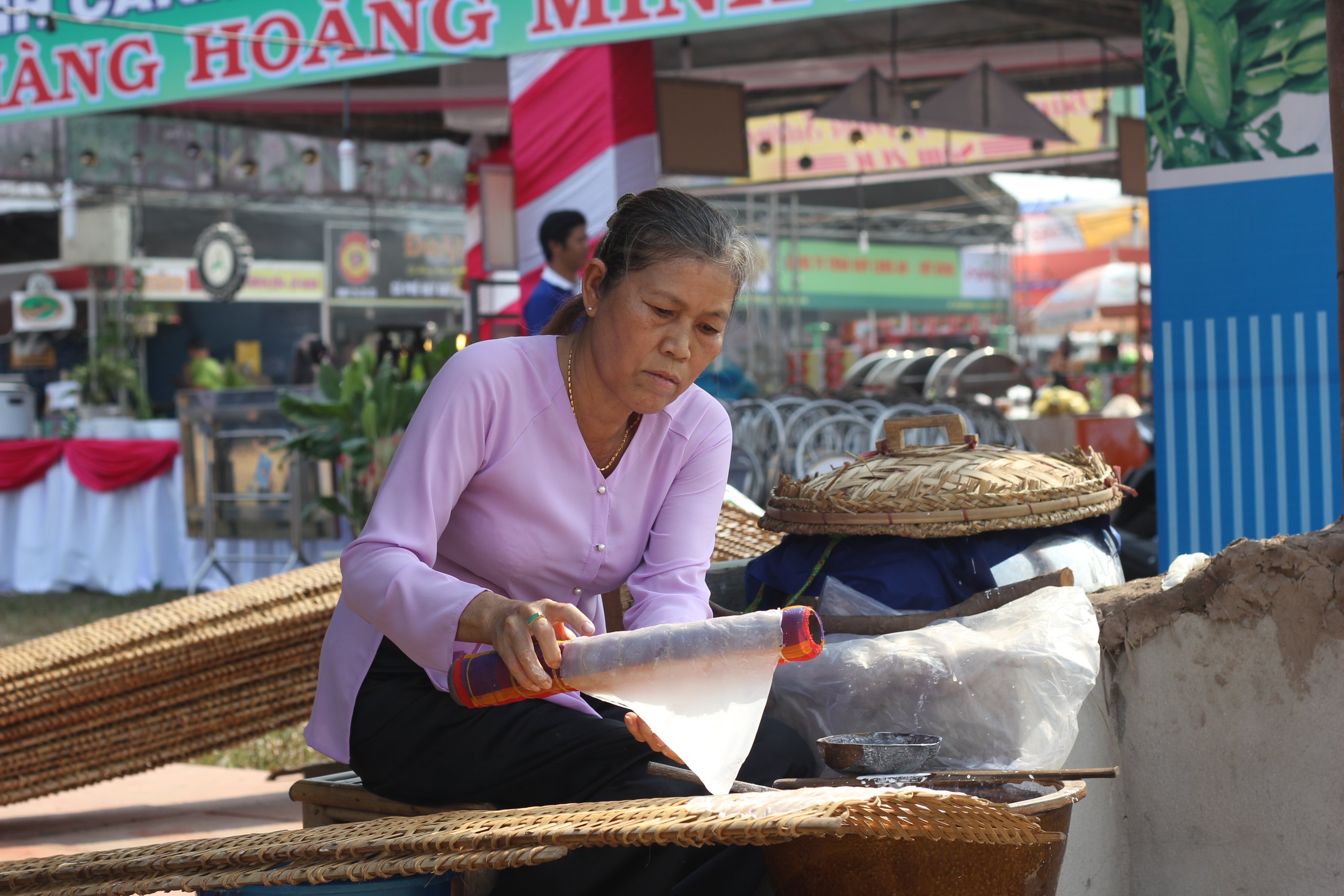 Ms. Pham Thi Duong (57 years old, living in Loc Du Hamlet, Trang Bang Town, Tay Ninh) makes rice paper to dry in the dew - Photo: Giang Phuong Ms. Pham Thi Duong (57 years old, living in Loc Du Hamlet, Trang Bang Town, Tay Ninh) makes rice paper to dry in the dew - Photo: Giang Phuong |
On this occasion, Tay Ninh province also officially announced the decision of the Ministry of Culture, Sports and Tourism to recognize Trang Bang rice paper making as a national intangible cultural heritage.
Mr. Duong Van Phong, Director of the provincial Department of Culture, Sports and Tourism, said that the craft of making Trang Bang sun-dried rice paper and its flavor has been passed down in Tay Ninh for over a century and is growing. The image of sun-dried rice paper and the delicious food that goes with it has made Trang Bang a place known to many people at home and abroad.
More than just food
|
Commenting further, Mr. Nguyen Thanh Ngoc, Vice Chairman of the Provincial People's Committee, shared: "This is the first time the province has organized the Trang Bang Sun-dried Rice Paper Festival, so we have high expectations. This is also an opportunity to honor the long-standing sun-dried rice paper craft, which has a brand name both domestically and internationally, and today it has been officially recognized as a cultural heritage. Previously, a foreign news agency filmed the Trang Bang sun-dried rice paper craft. They were very excited because the Trang Bang sun-dried rice paper craft has a relatively long history and especially the flavor is unique to other types of rice paper."
In July 2008, ZPZ Media Company (USA) brought a film crew about world culinary culture to Trang Bang to make a program introducing Trang Bang sun-dried rice paper, broadcast on PBS and National Geographic channels in the US.
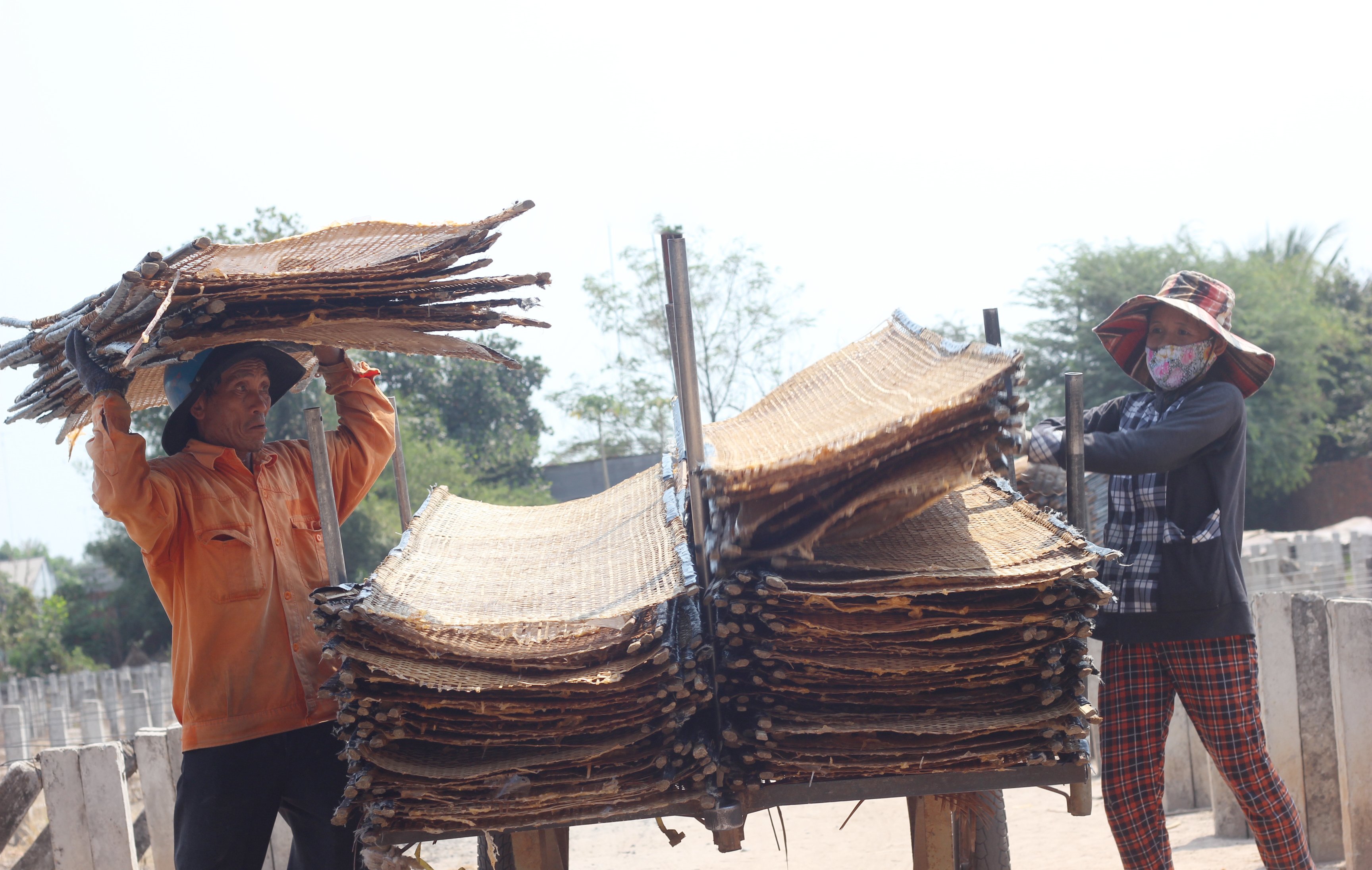 Rice paper is exposed to dew. Rice paper is exposed to dew. |
3 generations of rice paper making
We arrived at Mr. Le Van Chau's house (43 years old, living in Loc Du Hamlet, Trang Bang Town, Trang Bang District, Tay Ninh) when his whole family was busy making rice cakes. His wife, Mrs. Nguyen Thi Thanh, sat by the stove making rice cakes, scooping each ladle of dough onto the steamer, holding a coconut shell in her right hand and spreading it evenly on the rice cake steamer. At the end of the house, Mr. Chau arranged the trays of rice cakes that Mrs. Thanh had just finished making to dry.
Mr. Chau's family is one of the few families in Loc Du that has continued the traditional craft of making Trang Bang rice paper by hand for three generations. Mr. Chau said that since he was born, he saw his ancestors making rice paper. Since he took over his parents' business, he has been in the profession for more than 23 years.
According to Ms. Thanh, to have a delicious rice paper, you have to go through many steps, from making the flour, choosing good rice, then cleaning, washing the rice and soaking it for 6-7 hours before grinding it into flour. When mixing the flour, you have to add enough salt to make the rice paper soft, white and chewy. When making the rice paper, the steaming water must be really boiling, and you have to use a smooth coconut shell to make the rice paper. The rice paper is made into 2 layers but must be thin enough, then covered with a bamboo lid for 30 seconds and placed on a grill. Now it is dried from early morning until 10 o'clock. The dry rice paper will be removed from the grill and grilled over hot coals. Baking the rice paper requires a skilled hand and the technique of turning the rice paper continuously, otherwise the rice paper will burn.
From night to dawn is the “golden time” to dry the grilled rice paper. Depending on the weather, people dry the rice paper for about 1-2 hours to press the rice paper, then cut the edges and wrap it to keep the rice paper soft, spongy and chewy.
One of the families that has “kept the profession” the longest is the family of Mrs. Xi Thi Be Huynh (49 years old, living in Gia Huynh hamlet, Gia Loc commune, Trang Bang district). Mrs. Huynh proudly said: “Because the family’s traditional profession has been around for nearly half a century, we cannot give it up. Many foreigners come to my house to try the cakes, praise them for being delicious, and then buy rice paper to bring back home.”
Unique Vietnamese dishes Many peoples in the world grow rice as their staple food, but only the Vietnamese people have come up with the idea of processing rice flour to make rice paper. Rice paper is produced throughout the three regions, mainly as a snack or a snack. People in the northern provinces have rice paper cooked with perch. The thick rice paper is coated with white sesame, grilled over charcoal until crispy and fragrant, eaten with chicken salad at death anniversaries and parties in families in the Central region, becoming an indispensable appetizer. Rice paper is ubiquitous in meals to entertain friends and family gatherings in all three regions. People spread or dip the rice paper in water to soften it. Then, raw vegetables, steamed fish, boiled pork, peeled shrimp and even rice noodles are placed inside the paper and rolled up. Depending on taste, the rolled rice paper is dipped in fish sauce with chili and garlic or pureed soy sauce. In the past, King Quang Trung marched his troops to the north to fight the invading Qing army. He let his soldiers eat rice paper while marching so that they would always have enough strength to march in addition to meals. His mother could not cook rice in front of the enemy, so she put rice paper in a deep pit to pile up so that his father would have something to eat and enough strength to hold on to the land and protect the village through the days of hard battle. The simple rice paper contributed to the miraculous victories. There is a Vietnamese rice paper culture, a profound culture but also very close to every life, located in the Eastern rice civilization. Society can progress, go further but rice paper still remains forever, with future generations that no other cake can replace it. Vu Duc Sao Bien |
Source: https://thanhnien.vn/vinh-danh-banh-trang-phoi-suong-185551795.htm


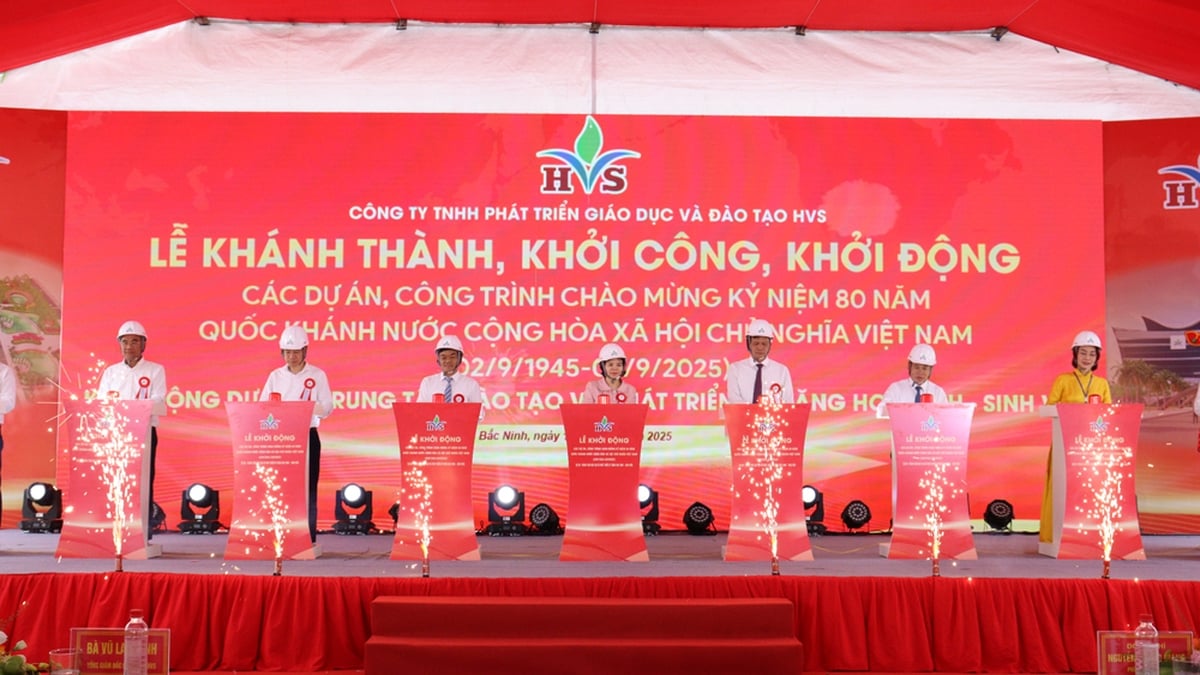











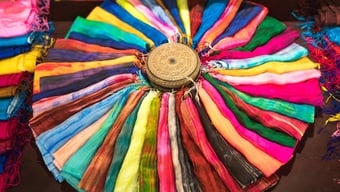







![[Photo] General Secretary To Lam and President Luong Cuong attend the handover ceremony of the Presidential Office Headquarters](https://vphoto.vietnam.vn/thumb/1200x675/vietnam/resource/IMAGE/2025/8/19/a37cfcbd301e491990dec9b99eda1c99)
![[Photo] Close-up of the first International Financial Center building in Ho Chi Minh City](https://vphoto.vietnam.vn/thumb/1200x675/vietnam/resource/IMAGE/2025/8/19/3f06082e1b534742a13b7029b76c69b6)
![[Photo] General Secretary To Lam attends the inauguration and groundbreaking ceremony of 250 projects to celebrate National Day](https://vphoto.vietnam.vn/thumb/1200x675/vietnam/resource/IMAGE/2025/8/19/3aa7478438a8470e9c63f4951a16248b)

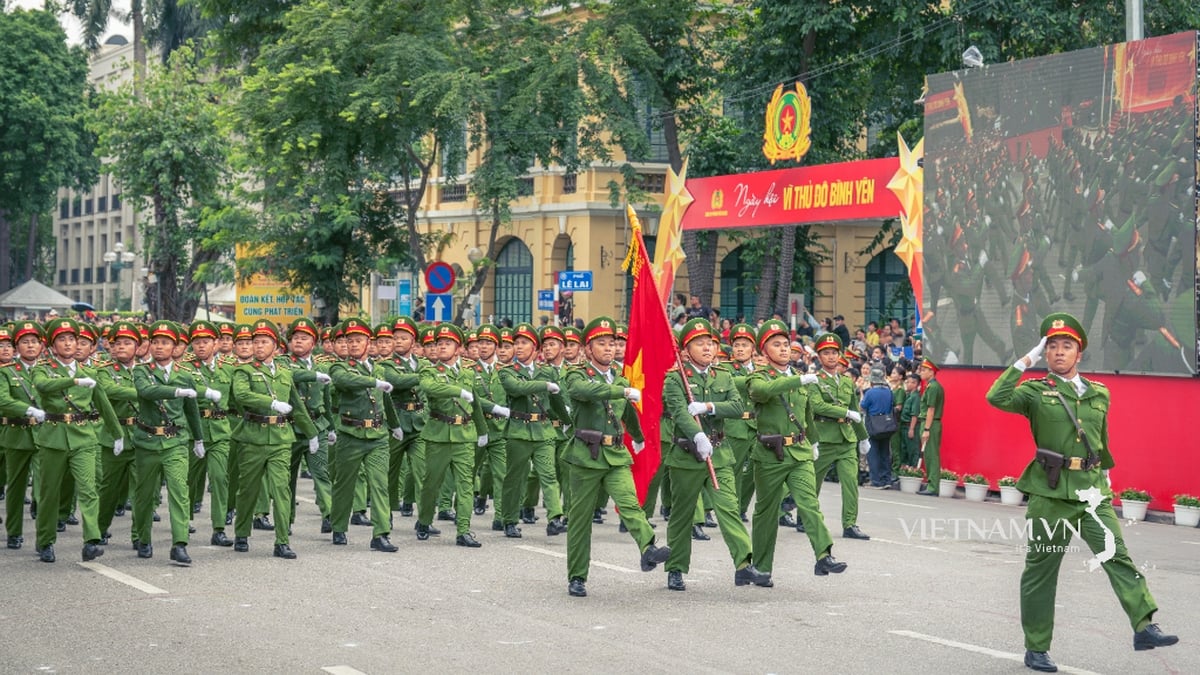



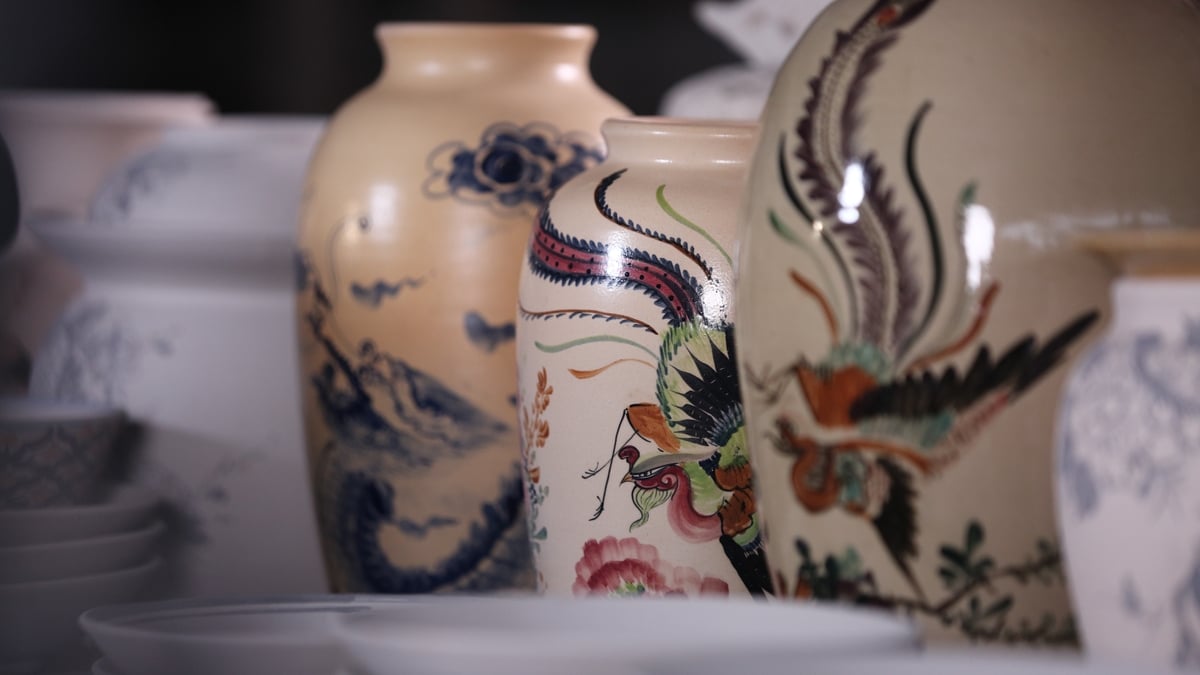
![[Photo] President Luong Cuong holds talks with King Jigme Khesar Namgyel Wangchuck of Bhutan](https://vphoto.vietnam.vn/thumb/1200x675/vietnam/resource/IMAGE/2025/8/19/c30721857ff84d7cbd498ddaee712ad3)


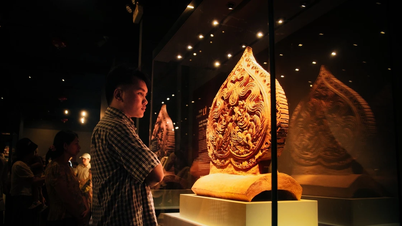











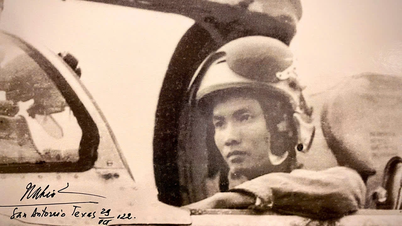

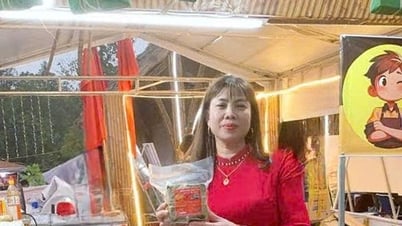











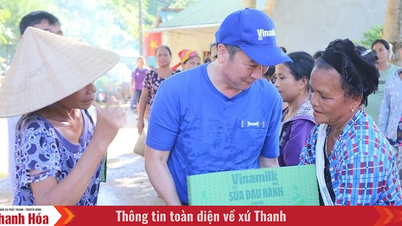











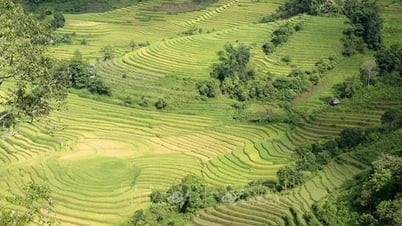













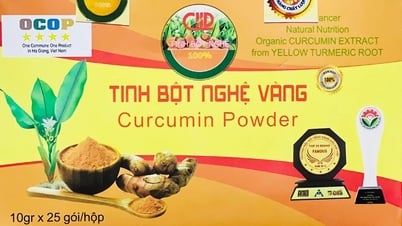



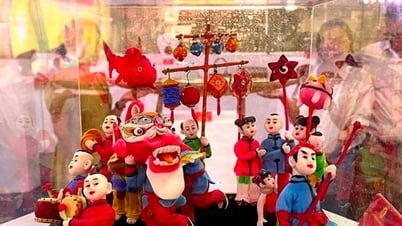
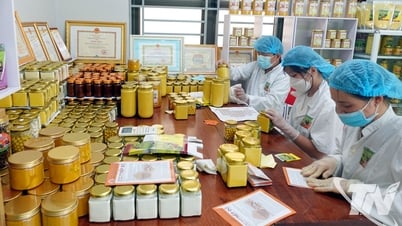










Comment (0)